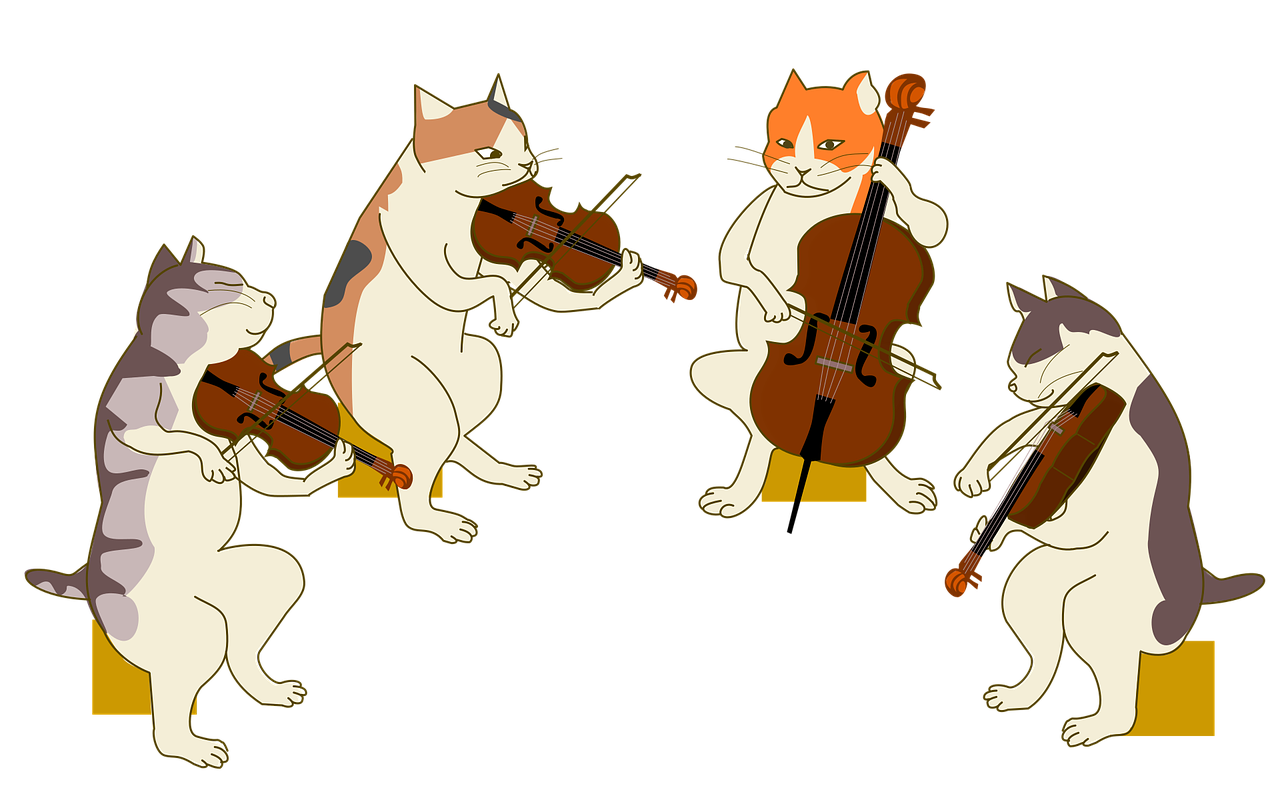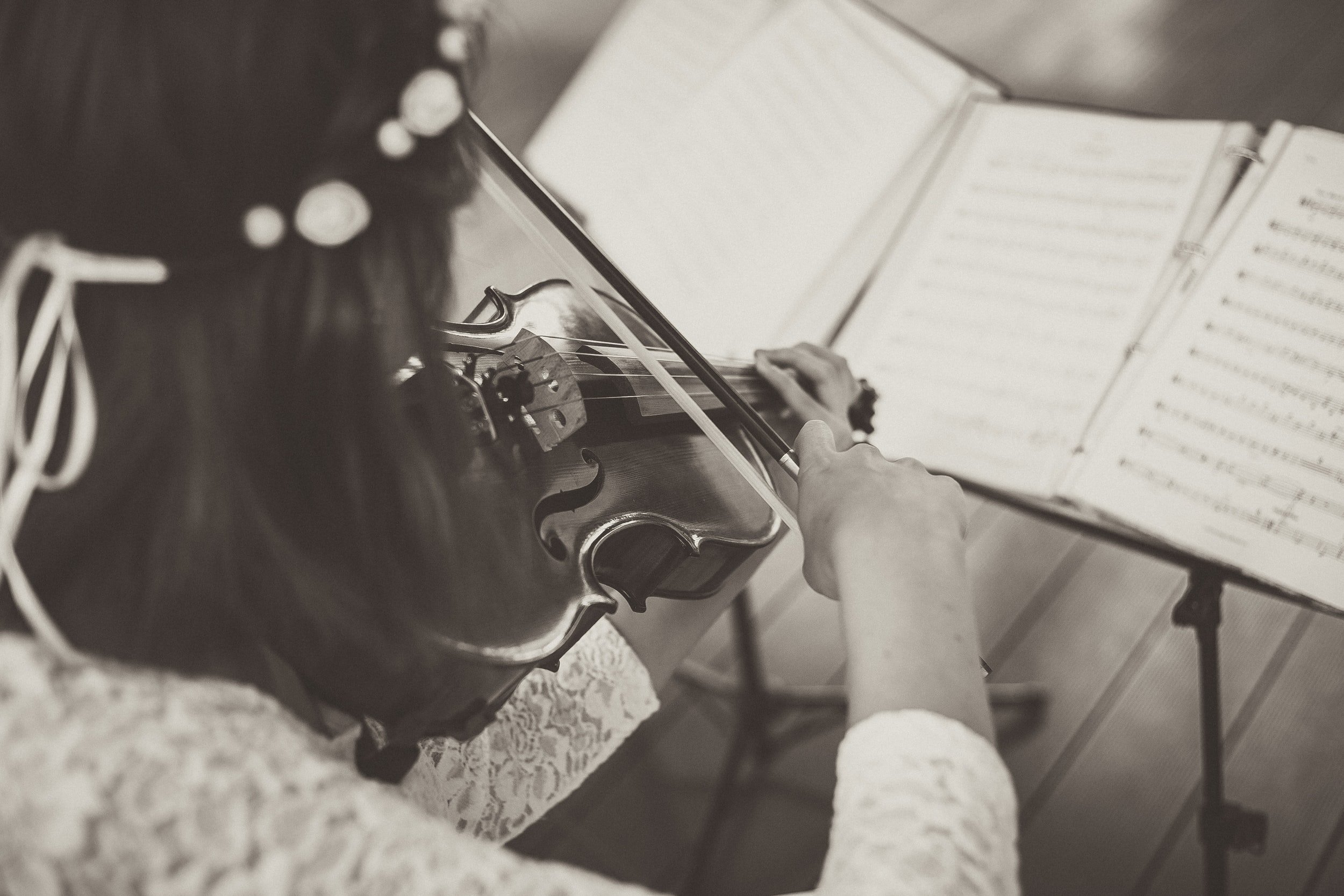How I Learn a Piece of Chamber Music…fast!
First Thing’s First.
When learning a new piece of chamber music, I first do score study!
The most important part of playing chamber music is knowing the composition as a whole and learning
what musical role you will be playing within the group at any given point. I like to sit down with
a score of the work and listen to as many recordings as I can find. At this point, I also like to do
a bit of research on the composer and the piece. It is important (and fun!) to know the historical context of
the pieces you are performing.
2. The nuts and bolts…
My next step in preparation is taking out my instrument and identifying spots that may pose a technical challenge. From this point, I start finding fingerings and bowings which prove to be as natural and musically pleasing as possible. If it is a fast passage, I play it slowly to the point where I feel like every note has integrity and beauty of sound, and every shift is ergonomic and comfortable--only then do I begin to speed up the tempo. If I have prolonged difficulty with a passage, I try different bowings, rhythms, and even play passages backward to learn the music and the patterns in which my fingers will be moving more thoroughly.
3. Finishing Touches!
Once I feel that I have identified and planned out my strategies for tackling the most technically challenging spots in the piece, I move on to learn the rest of it. I sometimes will listen to recordings with my violin in my hand--even air bowing or full out playing along if I need to learn a piece quickly. If I have rhythmic problems or trouble with an entrance, I try singing someone else’s part so that I know what is happening around me so well that I can’t miss my entrance. In addition, I prefer to have as much of the music almost memorized as possible so that when I get to the first rehearsal, I can be more reactive and sensitive to the group I am playing with.
4. Ready for Rehearsal?
Finally, it is a good idea to always come to rehearsal with some opinions on the piece being played, be it phrasing, colors, bowings, etc….This is the fun part! Enjoy being creative and exploring new ideas with your fellow ensemble members!
5. Keep Going!
I am always trying to find new and challenging ways to make myself a better chamber musician, and my methods of preparation tend to vary with each piece and each group I play with.
I think the methods listed above are great ways to prepare a piece and feel comfortable with it by your first rehearsal with your ensemble. I hope this method helps you prepare for your upcoming performances—and also inspires you to come up with your own ideas to make practicing fun!!
Blessings,




